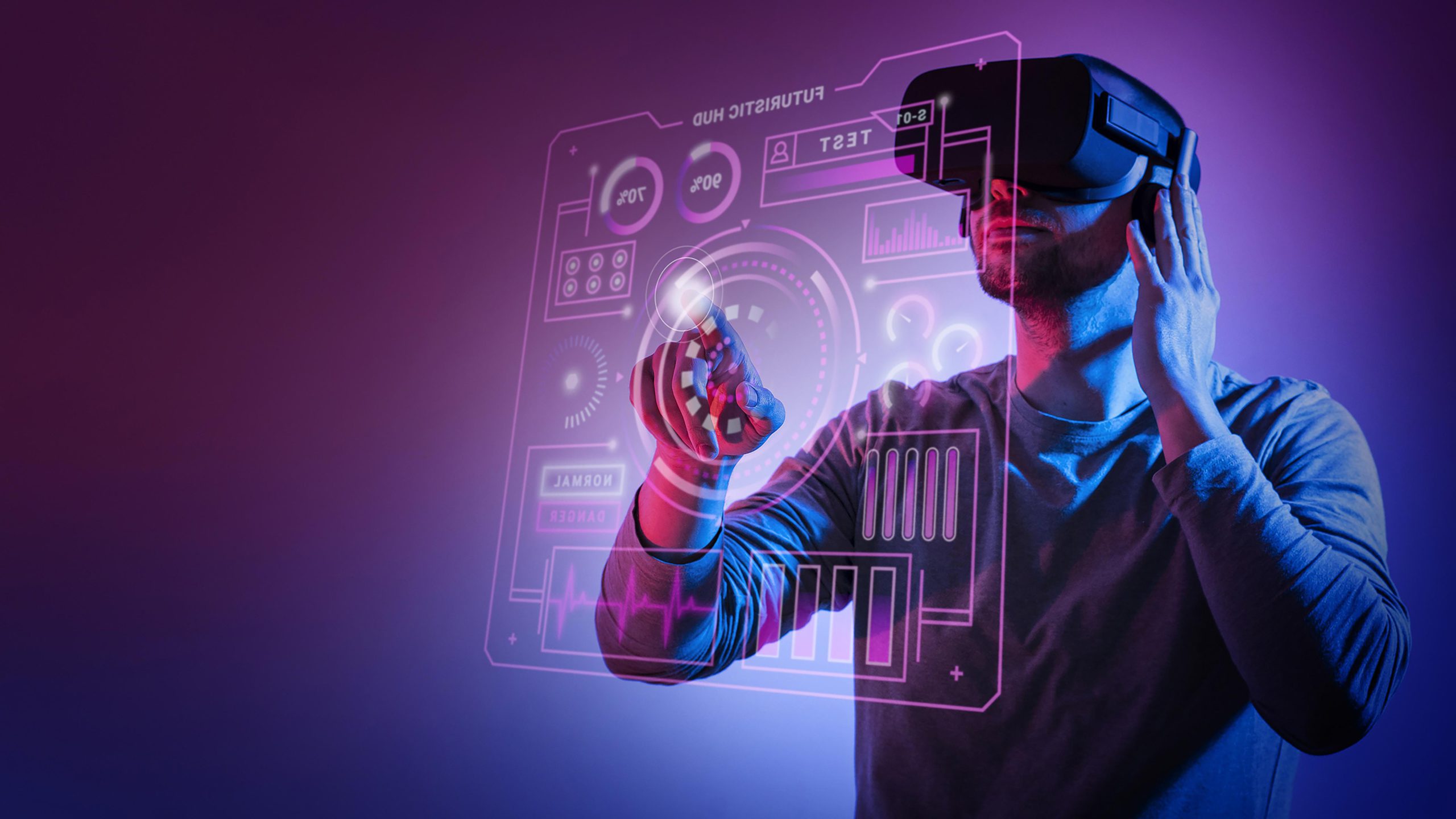Unlocking New Realities: The Evolution of Virtual Reality Headsets.

In the ever-evolving landscape of technology, virtual reality (VR) has emerged as a groundbreaking frontier, redefining the way we experience and interact with digital content. At the forefront of this immersive revolution are virtual reality headsets, sophisticated devices that transport users to alternate dimensions, blurring the lines between the virtual and the real.
The Rise of Virtual Reality Headsets
Virtual reality has come a long way since its inception, and the evolution of VR headsets has been a key driver of this transformative journey. These headsets, once considered futuristic novelties, have now become integral tools across various industries, from gaming and entertainment to education and healthcare.
Immersive Entertainment Experiences
One of the primary applications of virtual reality headsets is in the realm of entertainment. Gamers, in particular, have embraced VR technology for its ability to plunge them into lifelike gaming environments. The headsets provide a 360-degree field of view, tracking head movements and creating an unparalleled sense of presence within the digital realm. As gaming experiences become more realistic and captivating, virtual reality headsets continue to push the boundaries of what’s possible in interactive entertainment.
Educational Frontiers
In the realm of education, VR headsets are revolutionizing the way students learn. From virtual field trips to historical recreations, these devices offer immersive educational experiences that enhance comprehension and retention. Imagine a biology class where students can explore the intricacies of the human body in a three-dimensional space or a history lesson where they step into significant historical events. Virtual reality headsets have the potential to make learning more engaging and effective.
Healthcare Innovations
In healthcare, VR headsets are proving to be invaluable tools for training medical professionals and treating patients. Surgeons can practice complex procedures in a virtual environment before stepping into the operating room, enhancing their skills and reducing the risk of errors. Additionally, VR is being used as a therapeutic tool for patients dealing with phobias, PTSD, and chronic pain. The immersive nature of virtual reality can transport individuals to calming environments or guide them through exposure therapy scenarios.
The Technical Marvels Behind Virtual Reality Headsets
The success of virtual reality headsets lies in their ability to seamlessly merge advanced hardware and software components. High-resolution displays, precise motion tracking sensors, and ergonomic designs contribute to the overall user experience. These devices often come equipped with controllers that enable users to interact with the virtual world, adding an extra layer of immersion
READ.: Unveiling the Meta Quest 3: A Quantum Leap in Virtual Reality
Display Technology
The visual quality of VR is heavily dependent on display technology. Modern VR headsets boast high-resolution OLED or LCD displays, ensuring crisp visuals and reducing motion sickness. Some devices also feature eye-tracking technology, adjusting the display based on the user’s gaze, further enhancing realism.
Motion Tracking and Controllers
Accurate motion tracking is crucial for a convincing VR experience. Headsets use sensors and accelerometers to monitor head movements in real-time, allowing users to look around and interact naturally within the virtual space. Hand controllers, equipped with buttons and sensors, enable users to manipulate objects and navigate the digital world with precision.
Comfort and Ergonomics
To encourage prolonged use, comfort is a key consideration in VR headset design. Manufacturers prioritize lightweight materials, adjustable head straps, and ventilation systems to ensure users can enjoy extended sessions without discomfort.
The Future of VR Headsets
As technology continues to advance, the future of virtual reality headsets holds even greater promise. Innovations such as haptic feedback, improved gesture recognition, and wireless connectivity are on the horizon, aiming to elevate the immersive experience to new heights.
In conclusion, virtual reality headsets are not just gadgets; they represent a transformative shift in how we engage with digital content. From entertainment and education to healthcare, the applications of VR headsets are diverse and ever-expanding. As technology continues to push the boundaries of what’s possible, we can expect virtual reality headsets to play an increasingly integral role in shaping the way we perceive and interact with the digital world. Strap in, and get ready to explore new realities!
Featured image credit: KrASIA



